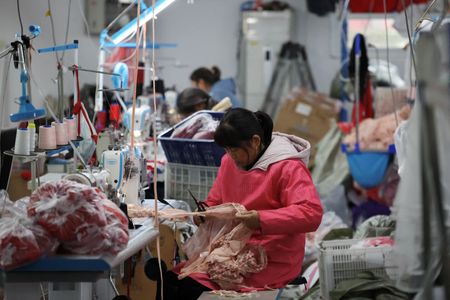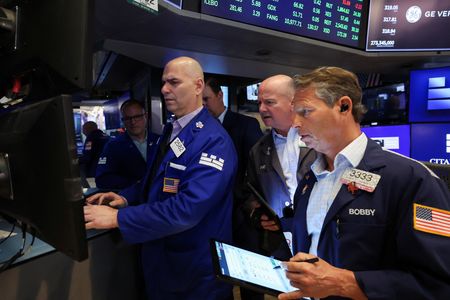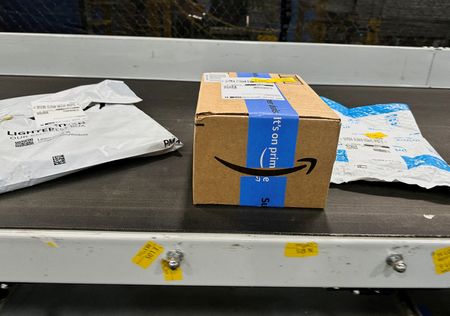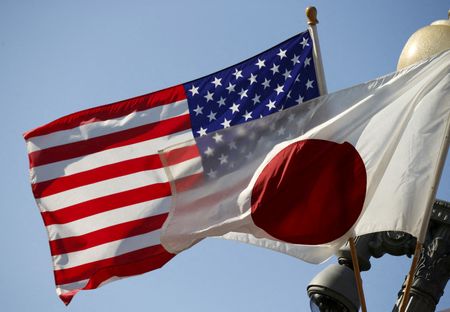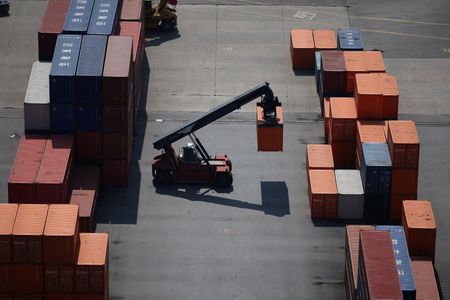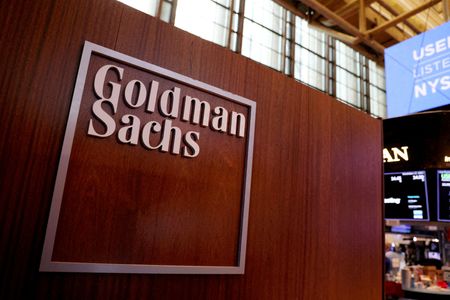By Joe Cash
BEIJING (Reuters) -China’s manufacturing activity barely grew in December though services and construction recovered, an official survey showed on Tuesday, suggesting policy stimulus is trickling into some sectors as the economy braces for new trade risks.
The National Bureau of Statistics (NBS) purchasing managers’ index (PMI) slowed to 50.1 in December from 50.3 a month prior, staying above the 50-mark separating growth from contraction but missing a median forecast of 50.3 in a Reuters poll.
China’s $18 trillion economy has struggled to recover from the pandemic amid weak consumption and investment, and a protracted property crisis. However, policymakers hope a recent blitz of fiscal and monetary measures will spark a turnaround in the property market, which has dragged on the broader economy.
Improved domestic demand could benefit manufacturers amid a global economic slowdown, reducing the impact of U.S. President-elect Donald Trump’s proposed new tariffs on Chinese goods.
“The worst part of overcapacity seems to be over, businesses are receiving more orders,” said Xu Tianchen, senior economist at the Economist Intelligence Unit. “But there is a high risk of activity slowing again if stimulus subsides.”
“The bottom line is the stimulus needs to be sustained.”
The new orders sub-index of the manufacturing PMI rose to 51.0 this month – an eight-month high – up from 50.8 in November. But the new export orders, employment, factory gate prices sub-indices all remained firmly in negative territory, the NBS said.
Mixed industrial output and retail sales data for November released earlier this month underscore how challenging it will be for Beijing to mount a durable economic recovery in 2025. Government advisers are recommending the economy maintain a growth target of around 5.0% next year and that policymakers ramp up consumer-focused stimulus.
The non-manufacturing PMI, which includes construction and services, rose to 52.2 this month, after it slowed to 50.0 in November. The NBS attributed the uptick to growth in China’s financial services, telecommunications and travel sectors.
Following the data, China’s blue chip CSI300 index fell 0.6%, while Hong Kong’s Hang Seng rose 0.35%.
KEEP STIMULUS COMING
Analysts at Nomura warned it was too early to say whether support measures such as a consumer goods trade-in scheme and an easing of property purchase restrictions, for example, had done enough to get the economy on a more even keel for the long term.
“The surge in purchases of durable goods might be followed by notable payback effects. The property sector has yet to truly recover, weighed on by the debt overhang of distressed developers,” they said in a note, adding that Trump’s return to the White House poses a risk to Chinese exporters.
Trump has vowed to impose a 10% tariff on Chinese goods to compel Beijing to halt the trafficking of Chinese-made chemicals used in fentanyl production. He also threatened tariffs in excess of 60% on Chinese goods during his campaign, posing a major growth risk for the world’s top exporter of goods.
At an agenda-setting meeting earlier this month, policymakers pledged to increase the budget deficit, issue more debt and loosen monetary policy to support economic growth.
The World Bank last week raised its growth forecasts for China for 2024 and 2025, but warned that subdued household and business confidence, along with headwinds in the property sector, would weigh on economic growth next year. At its peak in 2021, the sector accounted for around a quarter of the economy.
The private sector Caixin factory survey will be released on Thursday and analysts expect its reading to edge up to 51.7.
China’s official December composite PMI, which includes both manufacturing and services activity, rose to 52.2 in December, up from 50.8 a month prior.
“Increased policy support towards the end of the year has clearly provided a near-term boost to growth,” said Gabriel Ng, assistant economist at Capital Economics.
“But the boost probably won’t last more than a few quarters, with Trump likely to follow through on his tariff threat next year and persistent structural imbalances still weighing on the economy.”
(Reporting by Joe Cash; Editing by Jacqueline Wong)

